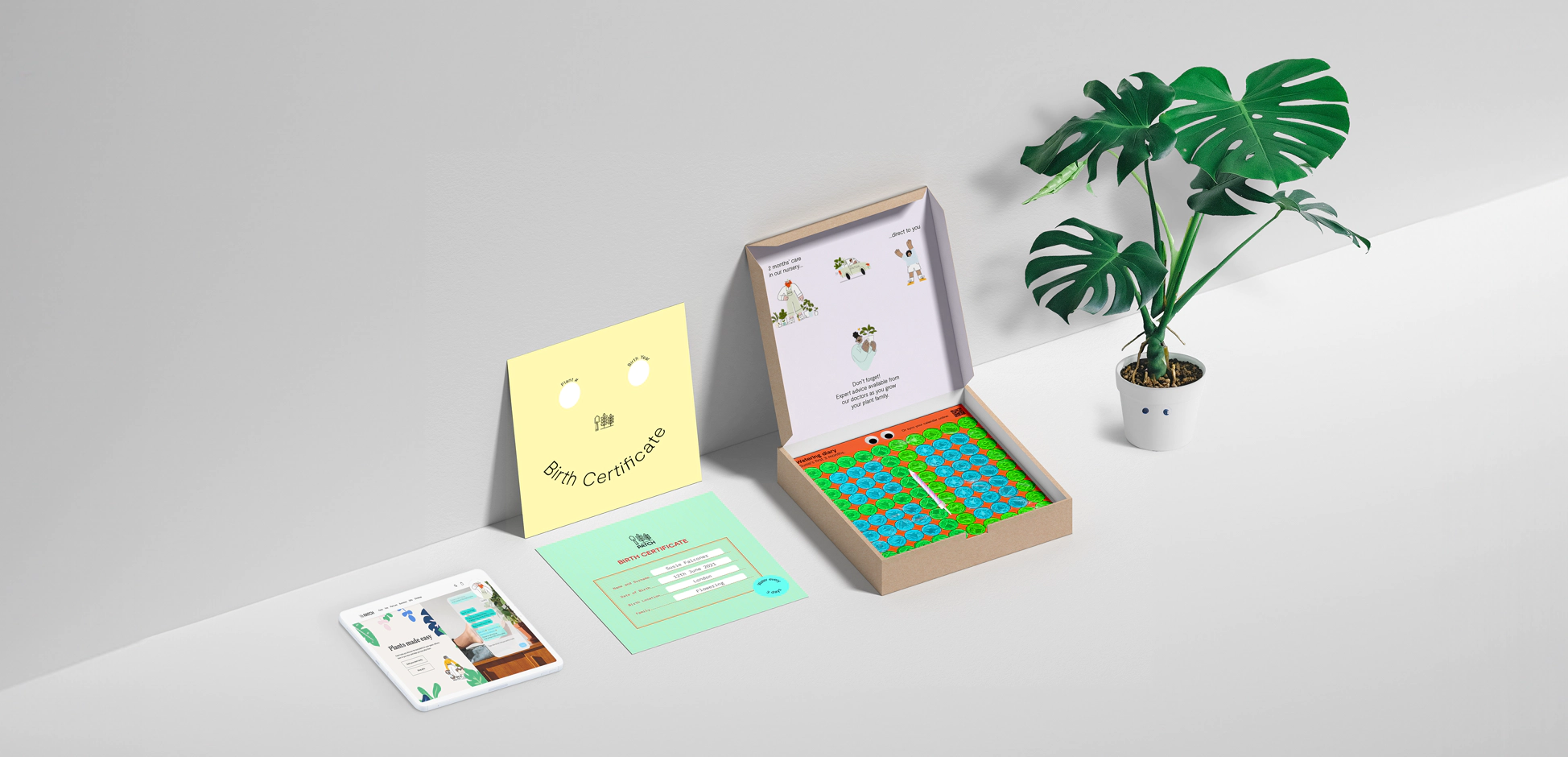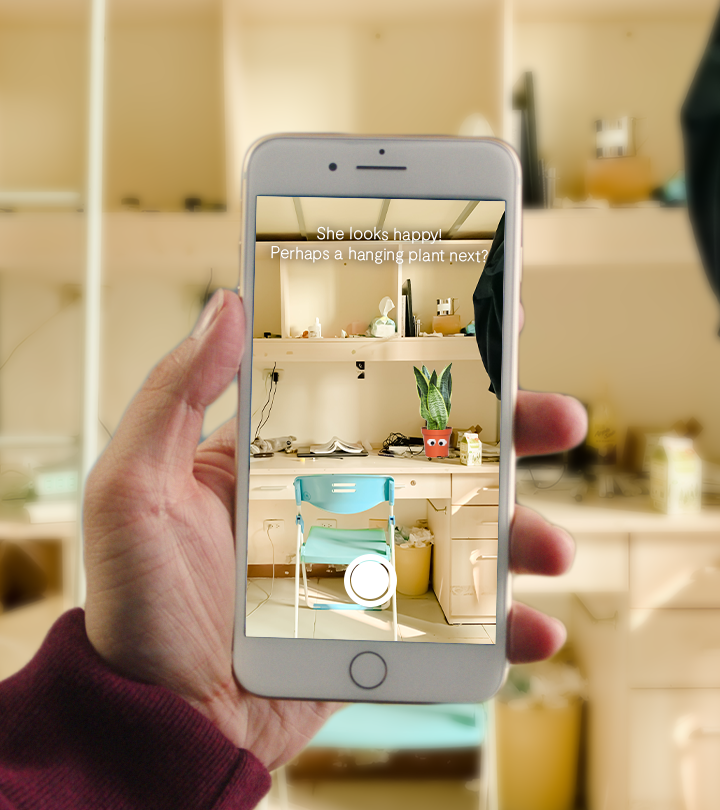
The brief speculated that Patch Plants retains customers well when they buy easy-care plants, but has low loyalty from customers who purchase plants that are harder to look after.
Using multiple touchpoints to develop and enhance the customer journey in a holistic way.
Several key targets were identified:
A cognitive and behavioural science lens was used throughout the process, applying insights to enhance users' flow and experience.
n.b. A future version could provide real-time feedback using computer vision, but an easier, immediate integration could provide suggestions for probable issues and connect to customer service for further support.




n.b. A future version could provide real-time feedback using computer vision, but an easier, immediate integration could provide suggestions for probable issues and connect to customer service for further support.

I used the design 'double diamond', which
outlines four stages of divergent and then convergent
thinking: Discovery, Definition, Development and
Delivery.
This allowed me to outline, plan and guardrail the project; keeping to task to deliver the project within the 5-day deadline.
I used a cybernetics map to empathise with and sketch a generalised overview of users' psychology — tracing their relationship with plants over time. This helped to pinpoint potential pain points that need mitigation or balancing, as well as to identify triggers for positive behaviours. It also highlighted possible customer gains that could be reinforced and amplified to enhance the overall experience.
I chose this generalised overview as a way to understand customer experience over time, based on not being able to undertake in-depth user research in the time frame. This helped to avoid over-specifying particular customer 'journeys' which can sometimes be overly linear, simplified and therefore unrepresentative of genuine experiences.
From this holistic perspective, the point of sale, delivery and aftercare emerged as three key points to leverage in the customer journey. I felt it crucial to develop a sense of continuity through interventions at these stages, in order to reinforce particular thoughts and feelings at intervals over the customer experience. Therefore, the interventions could foster a genuine carer identity among customers and foster sustained behaviours, with each experience building off and supporting each other.
This approach intended to avoid the loss of potential leverage and impact that can result from disjointed experiences, as a result of focusing too heavily on eliciting one-off actions at individual touchpoints.
I used desk research to uncover relevant cognitive and behavioural insights that could help drive positive customer perceptions and behaviours.
This included a review of relevant evidence to building a sense of care from empirical aesthetics and psychophysics, as well as an audit of relevant cognitive and behavioural biases and heuristics for each touchpoint.
I sketched out various concepts to explore, test and refine different design avenues.
From this ideation and testing process, I decided to focus on four key concepts across the customer journey.
This rapid sprint demonstrates the power of incorporating cognitive and behavioural science in the design process.
Interfacing scientific insights with a more typical, intuitive design approach allows a very rapid design process that is still evidence-informed. This is particularly significant where access to customers and context-specific data is lacking.
These insights not only help to identify behavioural drivers, leverage points and mechanisms, but also provide a firm sense of direction to the sensory design choices (here focussed on vision) and help empathise with customers to deliver a meaningful experience.

Psychological insights are extremely useful and productive tools to guide both strategic and stylistic design choices.
A range of delightful concepts emerged in just 5 days. Together, they formed a holistic, multi-touchpoint strategy to:
This sprint provides a strong, evidence-based starting point to improve customer retention and loyalty for Patch Plants; producing a range of concepts which are ready to be tested, refined and improved through user and context-specific feedback and iteration.
With thanks to Raphy March for the great brief.